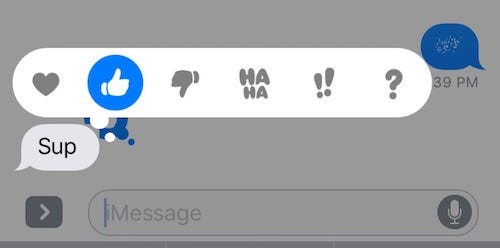The Power of Micro-Interactions in UX: Enhancing User Experience through Subtle yet Significant Details

Micro-interactions are the subtle, yet powerful elements that enhance user experience in digital products. These small animations, transitions, and effects may seem insignificant on their own, but they play a crucial role in creating a seamless, intuitive, and engaging experience for users. In this article, we'll explore the power of micro-interactions in UX and how they can elevate your digital product's user experience.
What are Micro-Interactions?
Micro-interactions are the small, brief interactions between a user and a digital product. They can be triggered by various user actions, such as hovering, clicking, scrolling, or tapping. These interactions can take many forms, including:
- Animations
- Transitions
- Loaders
- Hover effects
- Button states
- Feedback messages
Benefits of Micro-Interactions:
- Provide feedback and confirmation
- Enhance visual hierarchy and focus
- Create a sense of continuity and flow
- Convey personality and branding
- Improve accessibility and inclusivity
Designing Effective Micro-Interactions:
- Keep it subtle and intuitive
- Use purposeful animations and transitions
- Ensure consistency throughout the product
- Test and iterate for optimal performance
Real-World Examples:
- Facebook's loading animation
- Twitter's tweet deletion animation
- Google's search result hover effects
Conclusion:
Micro-interactions are a powerful tool in the UX Strategist's toolkit. By incorporating thoughtful, well-designed micro-interactions, you can create a more engaging, intuitive, and enjoyable user experience that sets your digital product apart. Remember, it's the small details that make a big difference in the world of UX.
